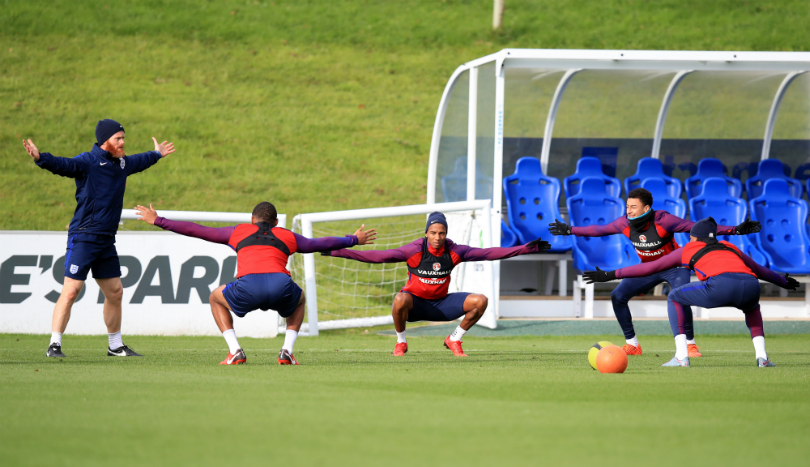How to get your players fit to play different systems
The FA’s performance lead, Matt Portas, teaches coaches on the Uefa A Licence course how to tailor fitness training to their tactics

Understand the demands of the game
We know that football has become more physically demanding over the past 10 years. There are more short, sharp sprints and explosive actions. As a result you need to develop the explosive fitness of the players. You also need to know how to allow them to recover and develop endurance levels so they can play multiple games in a week. It’s not just the demands of one game; it’s 60 and the demands of a series of games in a short period of time.
Plan programmes, not sessions
The players on the course are knowledgeable. They’ve played thousands of games between them. But we want to fine tune that and show them how they can improve fitness within their sessions. We do a two-week training block and they have to implement fitness work within a technical and tactical schedule. When do they train? How long for? Do they have a day off on a Sunday after a Saturday game or have a warm down session? If they have a warm down session, what about the guys who didn’t play? Plan ahead; don’t plan just for individual sessions.
Train for your system
I help new coaches to understand the physical demands of training and games. I emphasise that the physical challenge depends on the tactics you use. If you play a pressing game like Jurgen Klopp at Liverpool, your energy demands are going to be greater than Atletico Madrid, for example, because they play on the counter-attack. You have to be fit for purpose for your specific system – there’s no one size fits all. We pose the question – how do you design sessions, which will improve fitness while avoiding injury?
Vary the size of the pitch
I teach them to overload the players by making the pitch smaller and reducing the number of players. This gives them less time on the ball and means they have to repeat explosive actions again and again. You also need to prepare the players from an endurance point of view. To do that you make the pitch bigger. This means sprints will be longer. At Leicester this season they’ve avoided hamstring injuries by making them do long sprints after hard sessions once a week.
Get FourFourTwo Newsletter
The best features, fun and footballing quizzes, straight to your inbox every week.
